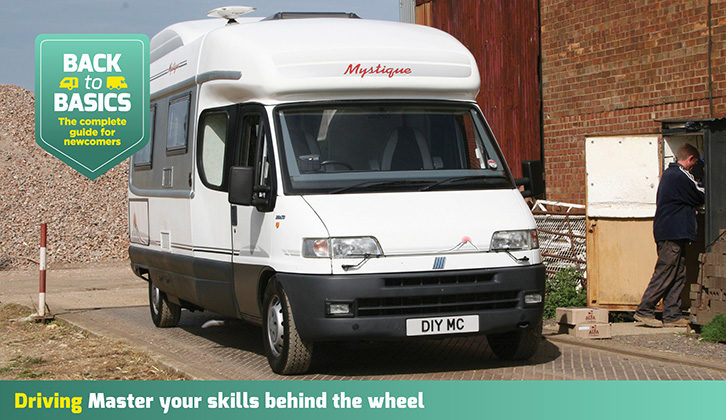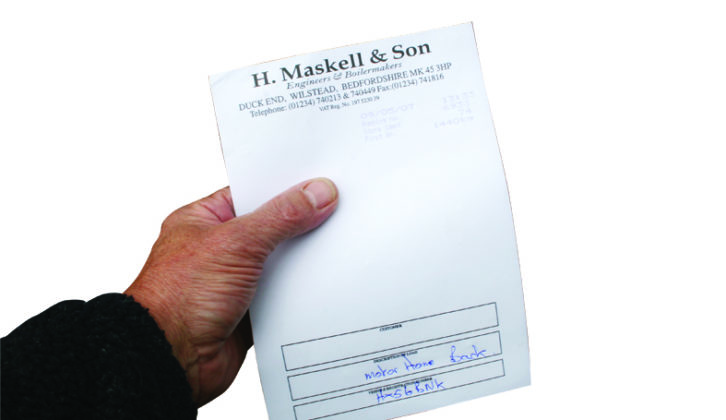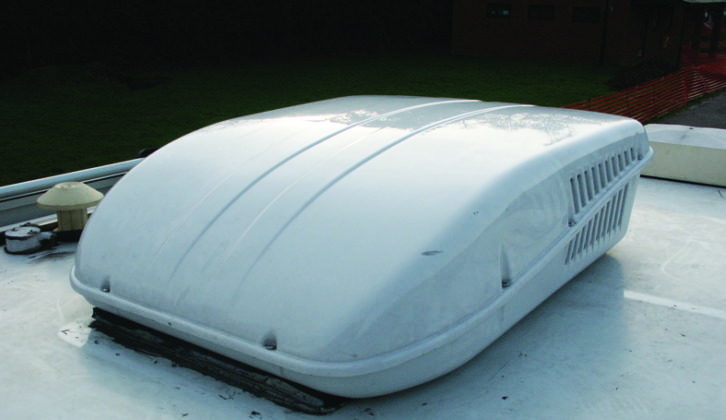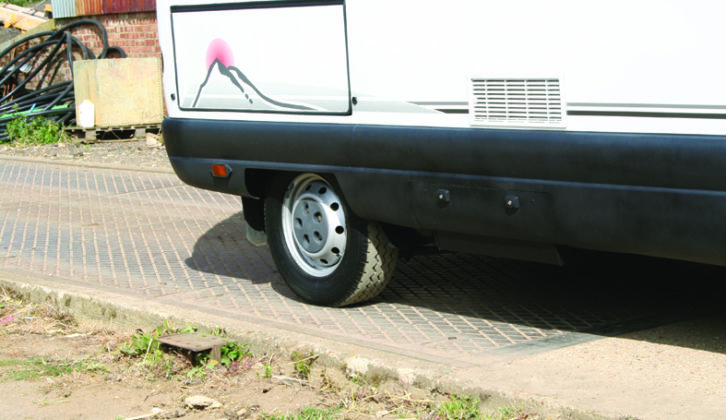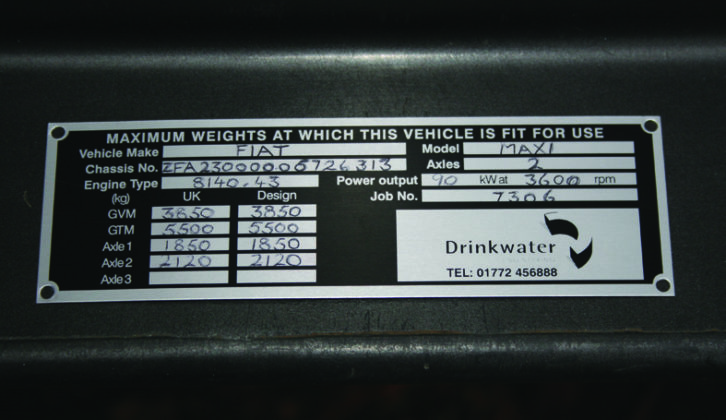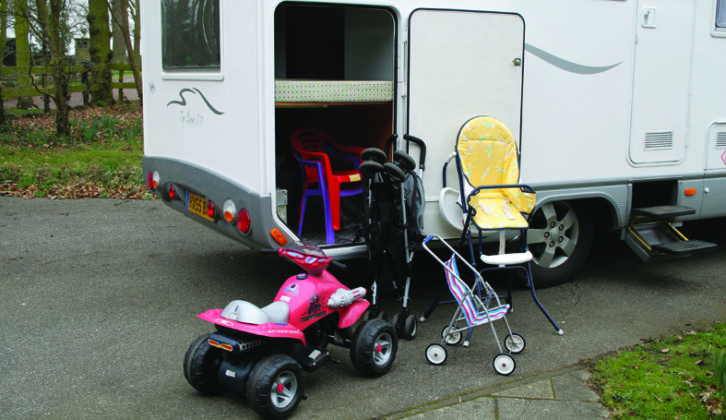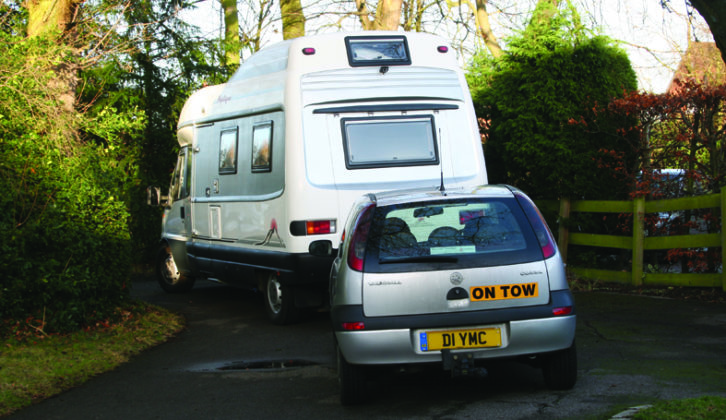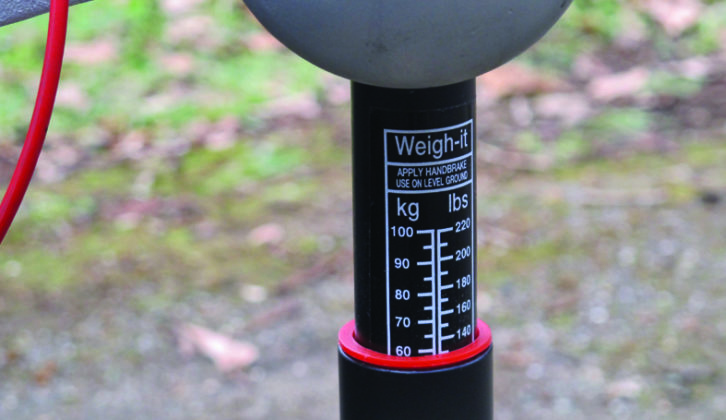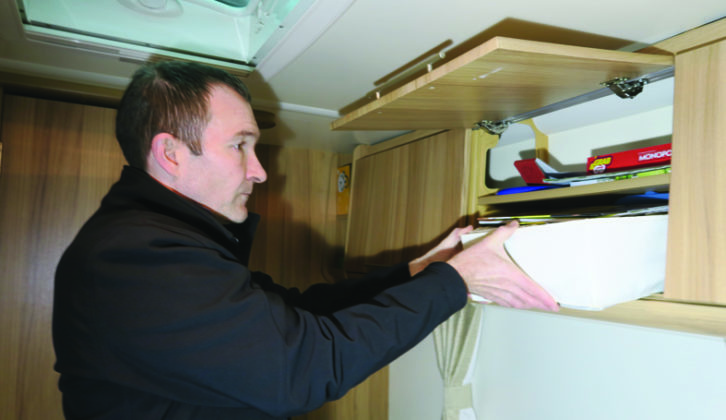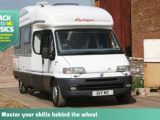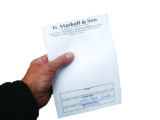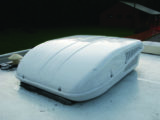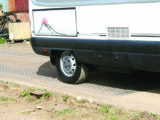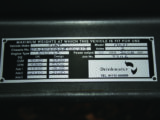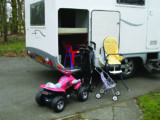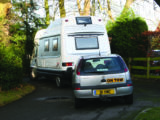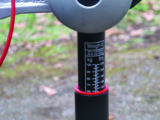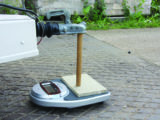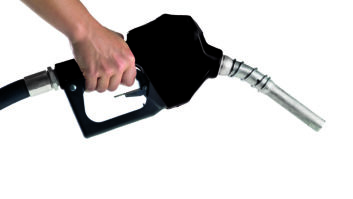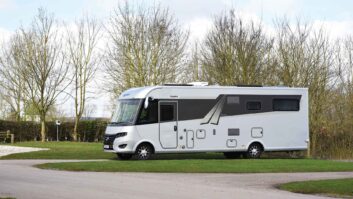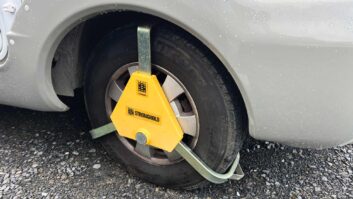Talking to other motorhome owners, I am a bit surprised by the limited knowledge some people seem to have about ‘van weights and limits.
A minority feel that it is acceptable to chuck everything randomly into the cavernous interior of their motorhome, without a thought for the stability and safety of their vehicle.
So, for those of you who might be unfamiliar with these key weights and limits, here is what you need to know.
Weighbridge
First, your motorhome needs to be weighed, and this will be carried out at a weighbridge. Put simply, this is a set of very big scales, used for weighing large vehicles, such as trucks, tractors – and motorhomes.
To find your nearest weighbrige, visit www.gov.uk/find-weighbridge or contact your local council.
Most weighbridges are operated by private businesses, so call them in advance to check opening times, costs and how to get there. My local weighbridge is on a farm down a single-track lane. Inform them of the dimensions of your ‘van to make sure it fits on the scales, particularly if weighing gross train weight (more about this below).
Get a copy of the paperwork, which shows the date vehicle registration number and weight information.
Mass in running order
The mass in running order (MiRO) is the weight of the motorhome when it leaves the factory and is weighed to include the manufacturer’s standard specification. It won’t include extras such as an air-con unit, refillable gas bottles or leisure battery, but might include a full tank of fuel, essential liquids and the driver (up to 75kg).
Maximum axle weight
The front and rear axles each have a maximum axle weight (MAW). To calculate the weight of the rear axle, position the ‘van on the weighbridge weighing plates with just the rear wheels on the plates; for the front axle, only the front wheels are on the plates. This figure must not exceed the MAW displayed on the data plate or in the owner’s handbook.
Maximum technically permissable laden mass
The maximum technically permissible lade mass (MTPLM), aka maximum authorised mass, is the most your ‘van can weigh and still remain legal.
This figure has to include all belongings, water, food and passengers. The data plate on the side of your motorhome will usually give you this figure, or refer to the manufacturer’s handbook.
Actual laden weight
The actual laden weight (ALW) is the weight of your full motorhome once you have added your belongings, including awnings, chairs, clothes, shoes, buckets, spades and so on, passengers, and add-on kit, such as any air-con unit. This weight must not exceed the MTPLM.
Gross train weight
Some people like to tow a support car on an A-frame, a boat or car trailer. The gross train weight (GTW) is the combined weight of the motorhome and the outfit being towed. It is illegal to exceed this limit, so get it checked.
Your maximum GTW can usually be found in the owner’s handbook. This concerns a vehicle’s towing ability, but not matters like the motorhome’s individual load limit and its stability.
Noseweight (if towing)
Noseweight is the downforce on the towball, and being within this limit is imperative for safe towing.
The owner’s handbook should show the noseweight limit. Sometimes this varies from the towbar manufacturer’s limit, in which case you should take the lowest value as the limit.
There are various ways to check the noseweight, but the most accurate is to use a calibrated gauge. As an alternative, you could use bathroom scales and a sturdy stick.
User payload
Your payload is calculated by taking the MTPLM and subtracting the MiRO. User payload includes dealer-fitted equipment and personal effects.
Safe loading
It is important to load your ‘van safely:
- Avoid filling overhead lockers for travel. Items can be dislodged in transit and fall out, damaging work surfaces or even injuring somebody.
- Heavy things should be stowed as low as possible and close to the axle line, to reduce the chances of body roll.
- Avoid travelling with water onboard; it can swill around and affect stability.
- Resist overloading towards the rear of your motorhome. Check the weight of the rear axle, once fully laden, does not exceed the MAW.
- Secure any loose items.
Did you know?
- If the police or an officer of the Vehicle & Operator Services Agency finds that your motorhome is outside the lmit of its MTPLM, they will impose a fixed-penalty fine. The size of the fine depends on how much you have exceeded the legal limit.
- Your motorhome insurance cover and manufacturer’s warranty will be rendered invalid if your ‘van is found to have been overloaded.
- Your driving licence might restrict the size of motorhome you can drive. Check what you are permitted to drive at www.gov.uk/driving-motorhome.
- Take a look at Practical Motorhome’s Buyer’s Guides to see the key weight figures for new models.
Final thoughts
So now you have read this article all the way through to the end, you should be informed and armed with the terminology about these essential weights and limits for your ‘van.
Next, set yourself the challenge of having your leisure vehicle weighed at a weighbridge, and then you can check to see if you are within the legal limits. Bear in mind, the penalties for not checking your weights far exceed the cost of a trip to a weighbridge!
Want to find out more about driving your motorhome? Then visit our Back to Basics – Driving category, where we’re sharing advice to perfect your driving skills on the road.
Now you know all about the various aspects of weights and measures to do with your motorhome, you’re well on your way to touring like a pro! If you want a hand with choosing the perfect site to visit for your first tour, be sure to take a look at our round-up of the best motorhome parks. We’ve picked out the top locations to stay at from around the country.
Having the right sat nav can also help to make your journey to your campsite a much more pleasant experience. Need a hand with picking the one for you? Then our round-up of the best motorhome sat-navs is worth looking at, as we reveal the standout products currently available on the market
If you’ve enjoyed reading this article, why not get the latest news, reviews and features delivered direct to your door or inbox every month. Take advantage of our brilliant Practical Motorhome magazine SUBSCRIBERS’ OFFER and SIGN UP TO OUR NEWSLETTER for regular weekly updates on all things motorhome related
The maximum technically permissible lade mass (MTPLM), aka maximum authorised mass, is the most your 'van can weigh and still remain legal.
